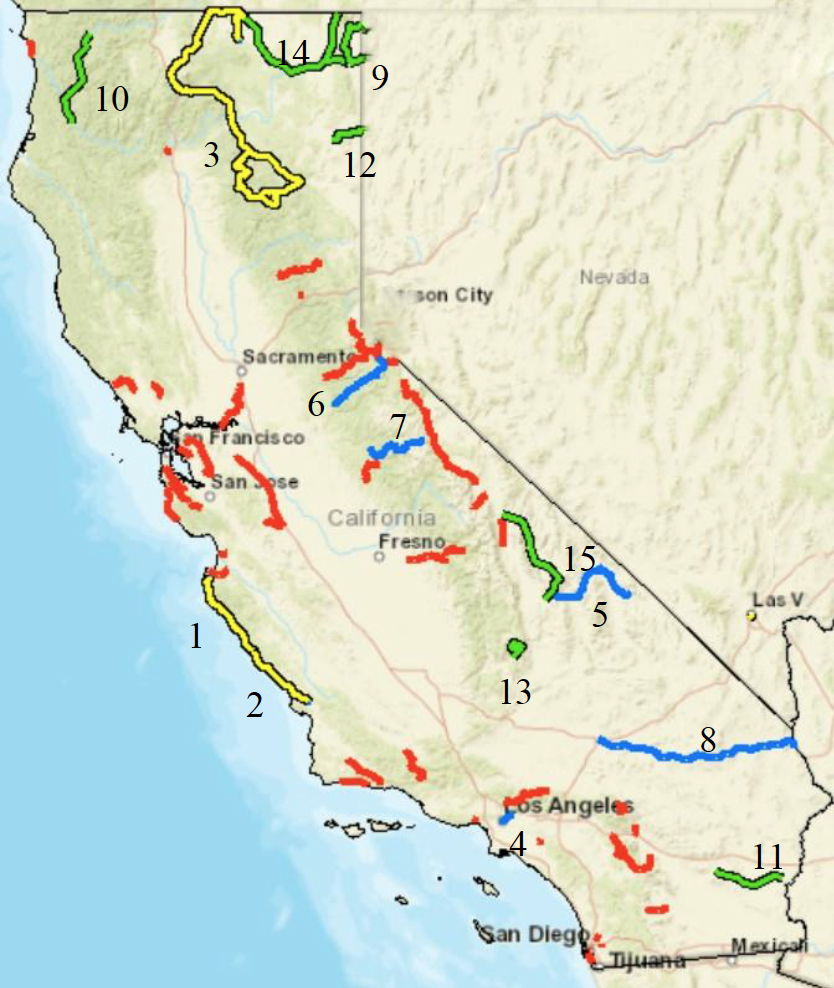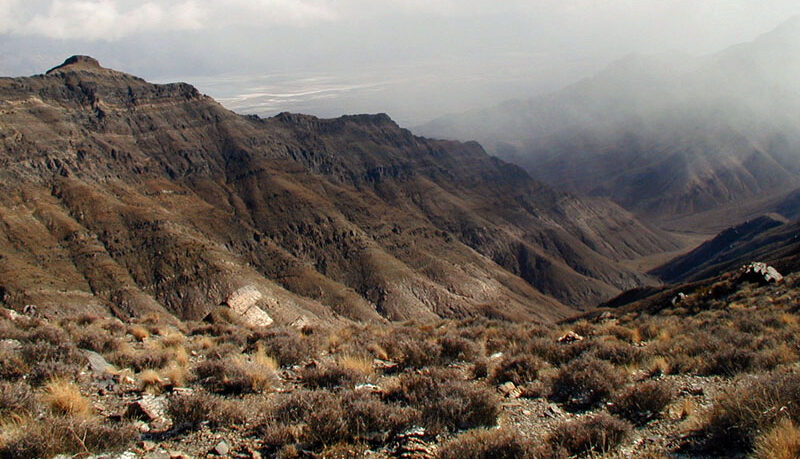Get the printable version
Each two-page document includes information about the state’s scenic byways program, in addition to a listitng and map of all state and national scenic byways within its borders.
California Byways
The California Scenic Highway Program, established by state legislature in 1963 under the Streets and Highways Code Section 260, seeks to protect and enhance California’s natural beauty and scenic resources. The law enables the California state legislature to determine which state routes are eligible for designation as a scenic highway, and the California Department of Transportation (Caltrans) works alongside local governments to adopt the scenic designation. California’s diverse geography encourages tourism in a wide variety of communities, strengthening local economies and showcasing the state’s natural and historic appeal.
Key Points
- California is home to 63 scenic byways, including eight national scenic byways and 55 state and other scenic byways.
- National parks, enjoyed via byways like the Death Valley Scenic Byway and Tioga Road/Big Oak Flat Road (Yosemite), generated $4.3 billion in economic output in 2019 for gateway communities.
- The Silver Strand Highway and San Diego-Coronado Bridge runs along the Southern-most tip of the country; tourism in San Diego alone employs over 194,000 people with visitor spending reaching $11.6 billion annually.
California Byways

Map Key:
- All-American Roads
- National Scenic Byways
- State Scenic Byways

Byways Provide Access to Public Lands
California byways provide access to the state’s most spectacular public lands, including nine national parks, 109 state parks, six national recreational trails, 19 national forests, and five national monuments.
About the National Scenic Byways Program
The National Scenic Byways Program, established by Congress in 1991, recognizes historic, scenic, and culturally important roads, all of which promote economic development and tourism in communities around the U.S. There are more than 1,200 byways in all 50 states.
All scenic byways exhibit one or more of six core intrinsic qualities — scenic, historic, recreational, cultural, archaeological, or natural. For a road to be named a national scenic byway, it must first be designated a state, tribal, or federal agency scenic byway. Once achieving that, a road may apply for national scenic byway designation, but its intrinsic quality must be of regional significance. All-American Roads are the very best of the national scenic byways, demonstrating at least two intrinsic qualities of national significance.